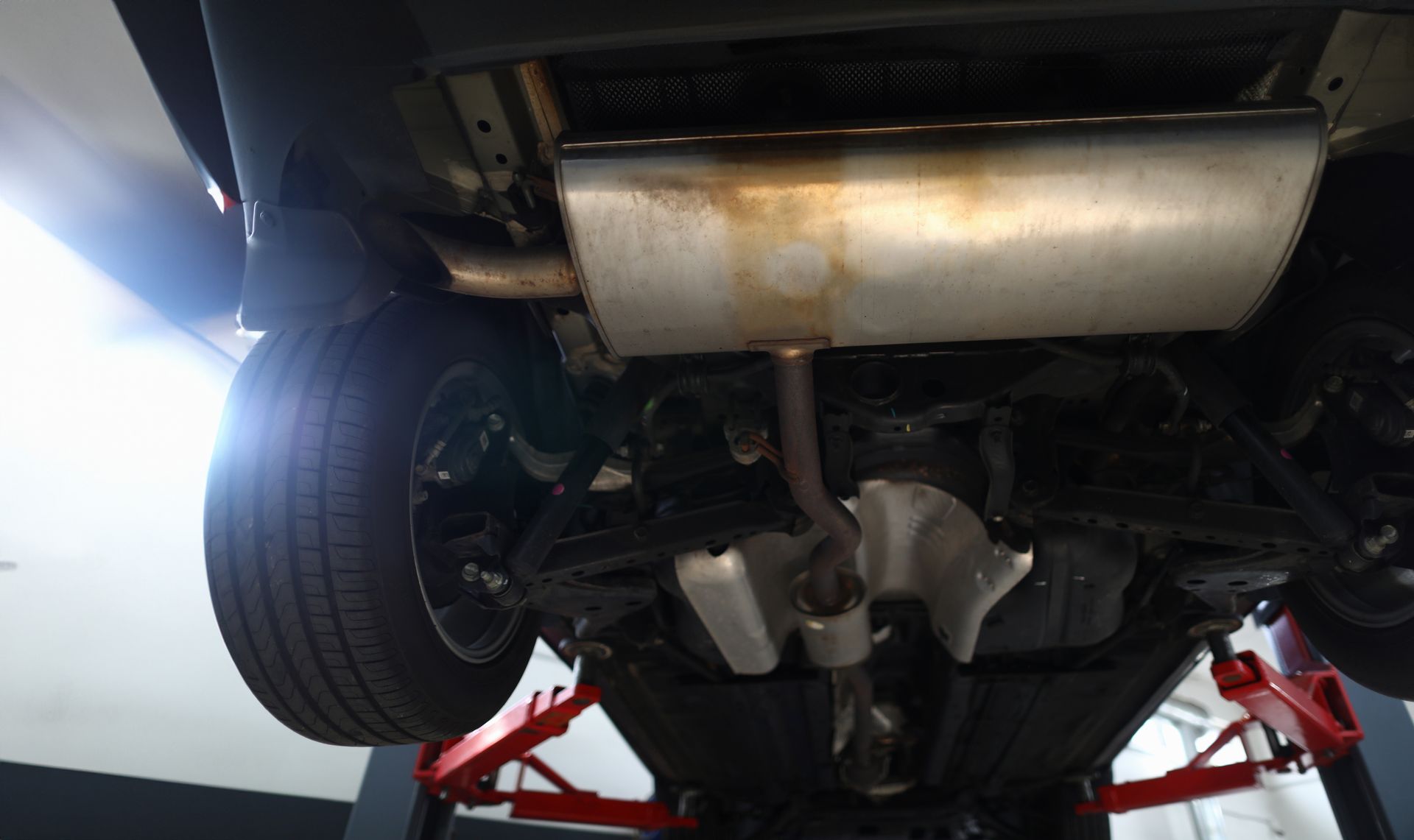Every car owner should know about a catalytic converter and why their vehicle needs one. A catalytic converter is an exhaust emission control device installed in cars to reduce the amount of toxic pollutants released into the environment. This device is required by law, so it’s essential to understand what it does and how it works.
How Does a Catalytic Converter Work?
A catalytic converter consists of three parts: two ceramic honeycombs coated with precious metals (platinum, palladium, and rhodium) and a metal casing. When the exhaust gases pass through these honeycombs, they are exposed to the metals, which act as a catalyst that causes chemical reactions. The result is that dangerous toxins such as carbon monoxide, hydrocarbons, and nitrogen oxides are converted into harmless compounds like carbon dioxide, nitrogen gas, and water vapor before being released into the atmosphere.
The Benefits of Having a Catalytic Converter Installed
Carbon monoxide can lead to health issues such as headaches and dizziness, while hydrocarbons contribute to smog formation. In addition, nitrogen oxides can cause acid rain if left unchecked. Therefore, installing a catalytic converter in your car’s exhaust system will help reduce air pollution levels in your local area, which has numerous benefits for human health and the environment. In addition, installing this device may also improve fuel economy since the engine will not have to work as hard to expel harmful pollutants from its exhaust system.
A catalytic converter installed on your car is essential for keeping your engine running smoothly while reducing emissions from entering the atmosphere. It reduces air pollution levels in your local area and improves fuel economy since the engine won’t have to work as hard to expel harmful pollutants from its exhaust system. As auto repair customers, we should all be aware of this vital device and its importance in keeping our cars running efficiently while protecting our environment!












